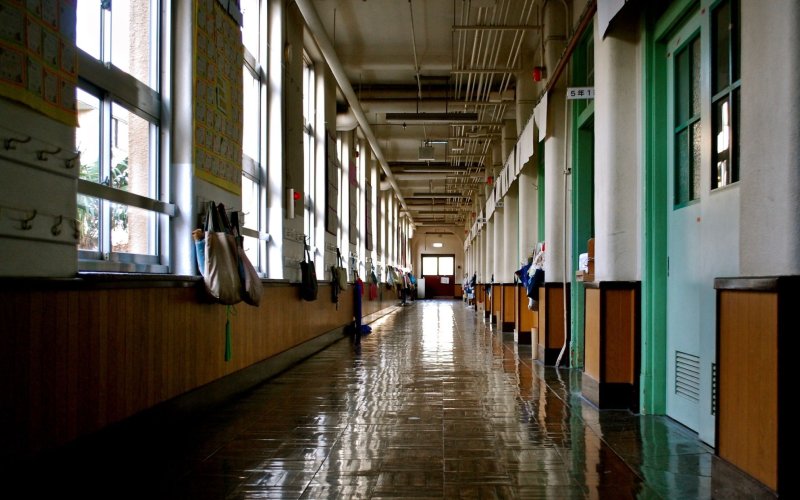Research Shows Having Police in Schools Results in Fewer Fights, But Harsher Discipline

ALBANY, N.Y. (July 25, 2023) — Public schools routinely have a police officer in the building to deescalate and prevent violence. A new study led by faculty from the University at Albany’s Rockefeller College of Public Affairs and Policy examined how these school resource officers, or SROs, affect school and student outcomes.
The study, published earlier this month in the Journal of Policy Analysis and Management, uses school outcomes measured in the 2017-2018 wave of the U.S. Department of Education Office for Civil Rights’ Civil Rights Data Collection (CRDC), a census of all primary and secondary public schools with more than 25 students in the U.S.
The researchers found that the presence of an SRO is associated with a decline in some forms of school violence and an increase in reported firearm offenses, which could be the result of increased detection of firearms by an SRO. The study also concluded that having a police officer in school leads directly to the increase in harsh disciplinary actions by school administrators such as suspensions and arrests by police.
“These increases in disciplinary and police actions are consistently largest for Black students, male students and students with disabilities,” the study states.

Associate Professor Lucy Sorensen of Rockefeller College of Public Affairs and Policy is the lead author on the study, which was cowritten by UAlbany PhD student Montserrat Avila-Acosta; John Engberg, a senior economist at the Rand Corporation; and Shawn Bushway, a public administration and policy professor at Rockefeller College and a senior researcher at Rand.
“The findings from this national study, building on our prior work in North Carolina, demonstrate that stationing police officers in schools comes with a serious set of tradeoffs,” Sorensen said. “We recommend that school districts weigh these tradeoffs carefully in determining the size and scope of their SRO programs and consider alternative school violence prevention approaches that support, rather than police, students.”
The research shows that having an SRO present in schools reduces fights and threats by about 30 percent and increases detection of firearms by about 150 percent.
But the cost is high for students. Schools with SROs saw between a 35 and 80 percent increase in out-of-school suspensions, and a 25 to 90 percent increase in expulsions. Referrals to police and school-based arrests were up between 10 and 50 percent compared to schools without SROs.
About half of U.S. public schools use SROs at least once a week. Public concern has grown over arrests of students — predominantly Black students — for minor misconduct, and more than 50 districts serving more than 1.7 million students have cut back their SRO programs since 2020, the paper notes.
However, the tide is now turning again in the wake of high-profile school shootings. For example, Denver reinstated its SRO programs and Texas created a mandate for armed officers in schools.
The study was not able to delve into the impact of SROs on school shootings because these events are so rare, even when using a nationwide census of schools like the CRDC. Bushway noted that “while these deployments of SROs after a school shooting make many people in the schools feel safer, social science cannot at this point determine whether or not SROs prevent school shootings.”
“Together, these findings on arrests and discipline provide the most compelling evidence yet that stationing police in schools could put at risk other efforts to improve equity in K-12 education,” the study concludes.
The SRO research has received wide attention in the media. Sorensen spoke to Education Week for an article published July 7. Bushway discussed the research last week on public radio station WHYY in Philadelphia.




